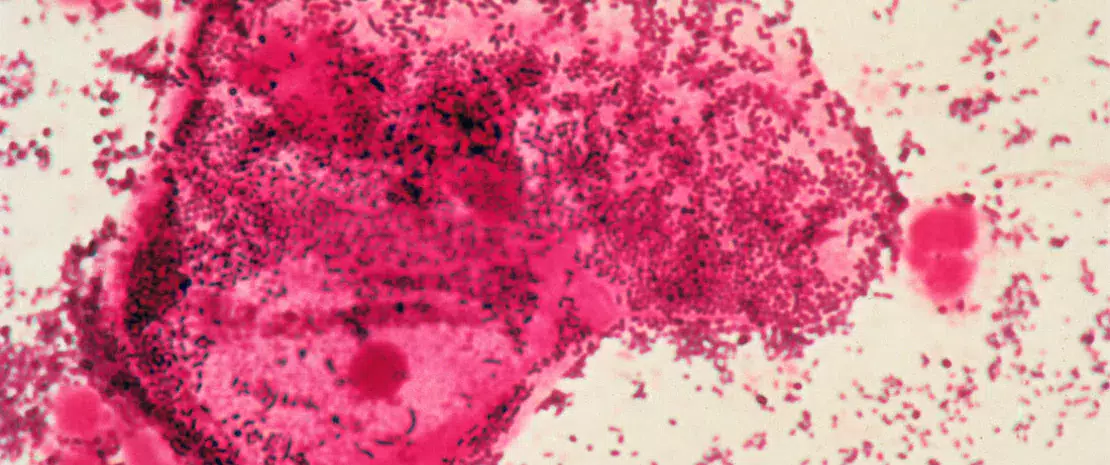Bacterial vaginosis: sexual transmission & genomic insights
New research investigates how Bacterial Vaginosis may spread through sexual contact, using detailed genetic analysis and a unique recruitment method to track bacteria in personal networks.
Sources
This article is based on scientific information

About this article
Author
44% Of women know that bacterial vaginosis is associated with an imbalance in the vaginal microbiota.
(sidenote: Bacterial vaginosis Bacterial vaginosis (BV) is a type of vaginal inflammation caused by an imbalance of the bacterial species that are normally present in the vagina. ) (BV) is often a telltale sign of an imbalance in the vaginal microbiota, a condition that may result from the sexual transmission of bacteria. While the scientific community recognizes the potential for such transmission, definitive understanding has remained elusive. American researchers from the University of Maryland School of Medicine have examined how similar bacterial strains are between sexual partners and within broader sexual networks to better understand sexual transmission and improve disease management towards both partners. 1
The snowball effect explained
The clinical investigation utilized a method known as "snowball recruitment," a technique where initial study participants recruit future ones from their personal networks. This approach ensures a naturalistic sampling of population, reflecting real-world interactions. In this case, the study extended over four waves and included 138 participants, predominantly young African American men and women, all of whom tested positive for sexually transmitted infections like Chlamydia or gonorrhea.
Researchers collected and analyzed samples from both vaginal and penile swabs using whole metagenome sequencing—a method that reads the complete DNA sequences present in a sample, allowing for a detailed analysis of the microbial community. They employed tools such as inStrain to assess "strain concordance," or the degree of genetic similarity, between the bacteria found in different individuals, helping identify whether strains are being shared through sexual contact.
Only 1 in 2 women were aware of the variations in the composition of the vaginal microbiota at the different stages of their lives.
Transmission patterns
Out of 54 participants, the study flagged 115 instances of bacterial strain overlaps across 25 species. Remarkably, Lactobacillus iners was transmitted among 6% of female participants, pinpointing direct transmission pathways in same-sex interactions. Direct comparisons revealed a significantly higher rate of bacterial strain sharing among sexual contacts than non-contacts.
The majority (94%) of concordance events were between non-sexual contacts, including extensive sharing of Gardnerella swidsinskii and Lactobacillus crispatus strains among females, versus 6% among contacts, underscoring the pronounced role of sexual activity in the dissemination of specific bacterial strains. The unexpected high degree of concordance among non-sexual contacts suggests that community and environmental factors play a substantial role in the transmission of bacteria, hinting at a more complex network of bacterial exchange than previously understood.
Clinical Implications: A Call to Action for Healthcare Professionals
Remarkably, a survey at the International Microbiota Observatory revealed that out of 6,500 participants, only 18% fully understood what the vaginal microbiota is. only 1 in 3 women know that the vaginal microbiota bacteria are safe for the vagina of women (37%) and that bacterial vaginosis is associated with an imbalance in the vaginal microbiota (35%). 2 This lack of awareness underscores the necessity for a transformative approach in managing Bacterial Vaginosis (BV) and related conditions.









